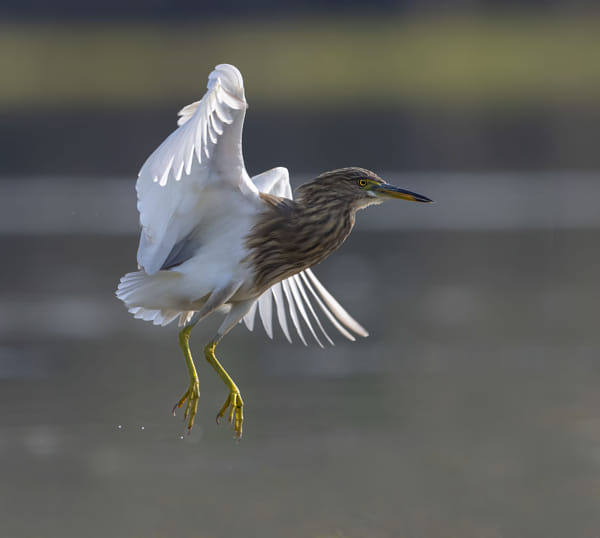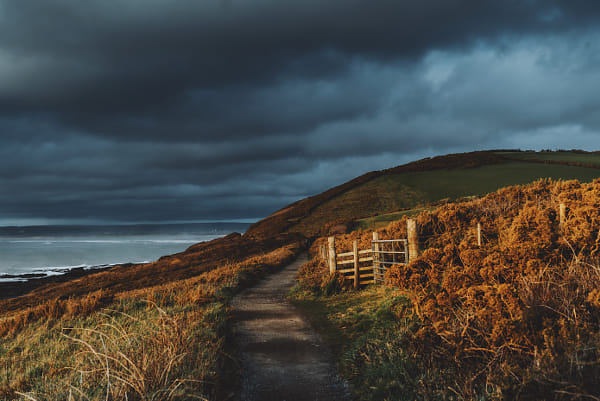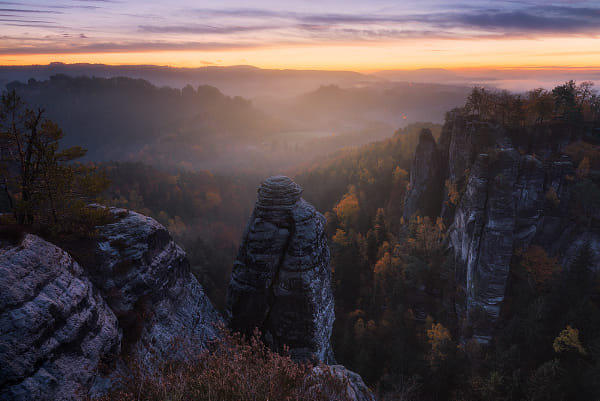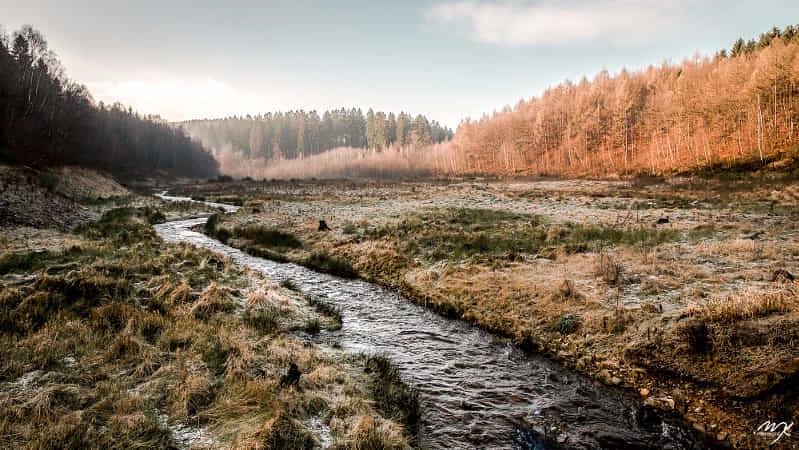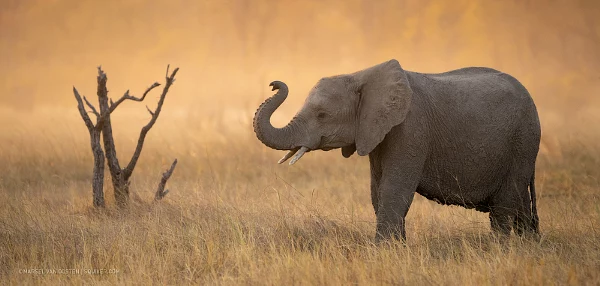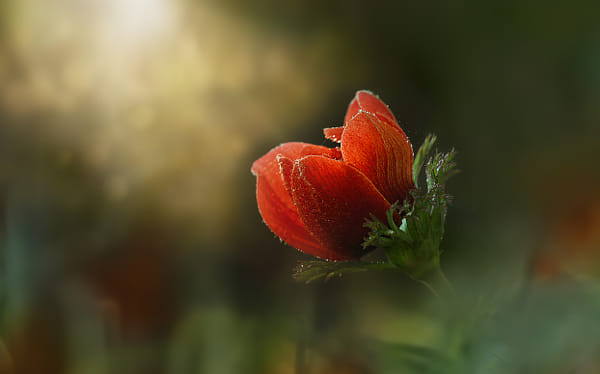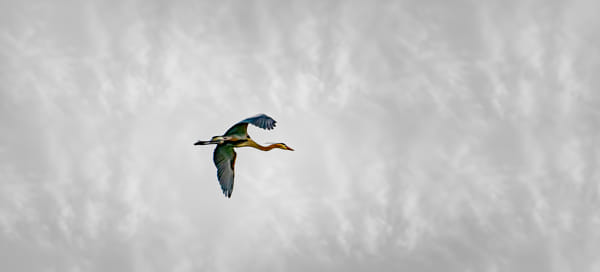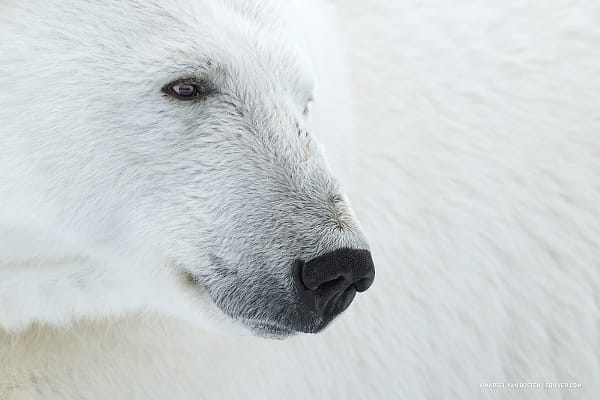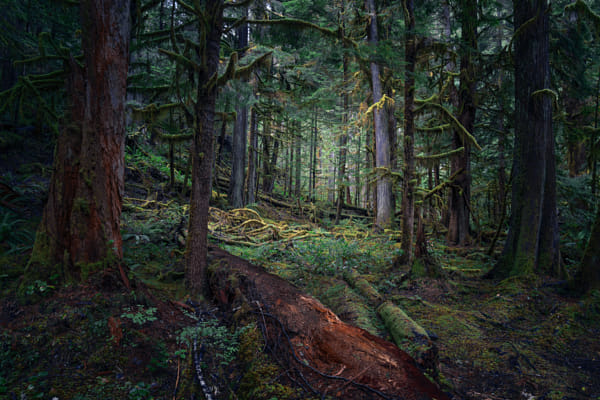Indian Pond Heron by Arshad As...
Indian Pond Heron by Arshad Ashraf
Collect moments not things ( Stay Home, Stay Safe)
Arshad Ashraf: Photos
Coastal Paths by Daniel Casson
Coastal Paths by Daniel Casson
Last light, towards the clouds
Daniel Casson: Photos
im Teich by Georg Scharf
im Teich by Georg Scharf
Georg Scharf: Photos
Firenze by Sergey Aleshchenko
Firenze by Sergey Aleshchenko
Florence in the evening from Piazzale Michelangelo
Sergey Aleshchenko: Photos
Magic of the Morning by Daniel...
Magic of the Morning by Daniel Gastager
All the techniques used on this image are demonstrated in my post processing tutorials. Check out my website for more information. www.danielgastager.com/video-tutorials Viele der hier angewandten Techniken werden sehr ausführlich in meinen Video Tutorials demonstriert. Mehr Informationen dazu findet Ihr auf meiner Website.
Daniel Gastager: Photos
COLD SPRING MORNING by Michael...
COLD SPRING MORNING by Michael J. Kochniss
© Michael J. Kochniss | mjk-photo.de | instagram.com/mjk_photo
Michael J. Kochniss: Photos
Sign Language by Marsel van Oo...
Sign Language by Marsel van Oosten
Elephants do not only have huge bodies, they also have a brain that weights five kilograms, so it’s no surprise that they are very intelligent animals. Recently, scientists have discovered that elephants use their trunk for a simplified version of sign language. The elephant’s trunk contains over 40,000 muscles, divided into as many as 150,000 individual units. The length, flexibility, and the many muscles means that an elephant can twist it into an endless variety of shapes. Not all elephants do this, but there are certain herds in Botswana that have developed a sign language with over 180 different messages. Scientists have only just started to decrypt this previously unknown method of communication, and they expect to find even more signs and messages as the research continues. This young elephant is a member of the herd that uses sign language within the group. As the herd was moving towards a water hole, this youngster suddenly stopped and looked at the grass in front of it. It then slowly raised its trunk to send a message to the rest of the herd: ‘Be careful, there is a spitting cobra in the grass.’ If you look at the trunk, you can clearly see the resemblance to a spitting cobra. It’s mind-blowing, really. Scientists say the elephant is the only animal in the world that uses its trunk for sign language. [Nikon D850, AF-S VR 180-400/4.0, 1/500 @ f/5.6, internal TC engaged, ISO 1600, handheld] Marsel | squiver.com
Marsel van Oosten: Photos
Essence of London by Nicolas B...
Essence of London by Nicolas Barison
Piccadilly Circus is a road junction and public space of London’s West End in the City of Westminster. It was built in 1819 to connect Regent Street with Piccadilly. In this context, a circus, from the Latin word meaning “circle”, is a round open space at a street junction. Piccadilly now links directly to the theatres on Shaftesbury Avenue, as well as the Haymarket, Coventry Street (onwards to Leicester Square) and Glasshouse Street. The Circus is close to major shopping and entertainment areas in the West End. Its status as a major traffic junction has made Piccadilly Circus a busy meeting place and a tourist attraction in its own right. The Circus is particularly known for its video display and neon signs mounted on the corner building on the northern side, as well as the Shaftesbury Memorial Fountain and statue, which is popularly, though mistakenly, believed to be of Eros. It is surrounded by several notable buildings, including the London Pavilion and Criterion Theatre. Directly underneath the plaza is Piccadilly Circus Underground station, part of the London Underground system.
Nicolas Barison: Photos
bright red by Sonja ❤️ Probst...
bright red by Sonja ❤️ Probst
Sonja ❤️ Probst: Photos
Heading Home… by Phila B...
Heading Home… by Phila Broich
Sadly we had to cut our trip short due to this horrible virus. We did not see all we wanted and I was unable to photography the great southwest here. But we made it home and we are safe. Bella is pleased to be back in her own bed. Sending heart felt wishes for good health and safety to you all
Phila Broich: Photos
Hunted by Marsel van Oosten
Hunted by Marsel van Oosten
Sea ice loss from human-caused climate warming is one of the biggest threats to polar bears. Polar bears rely on sea ice to hunt seals, breed and sometimes den. We could see dramatic declines in polar bear numbers by mid-century if we do not greatly reduce the use of fossil fuels for our energy needs, and instead shift to renewables. But it’s not just global warming that threatens the polar bear. It’s also commercial hunting. This aspect is never discussed by the big NGO’s because it’s a highly sensitive subject. If you want to learn more about this, read the book ‘Polar Bears & Humans’ by Ole J Liodden, or ‘Polar Bears on the Edge’ by Morten Jørgensen. Marsel | squiver.com
Marsel van Oosten: Photos
PNW Rainforest by Christian S.
PNW Rainforest by Christian S.
www.instagram.com/holysh0t
Christian S.: Photos

